07 Oct Review: The LAOWA 50mm f/2.8 2x 2:1 Ultra Macro APO MFT
Introduction

Is the LAOWA 50mm f/2.8 2X Ultra Macro APO 2:1 the best macro lens for MFT?
It definitely is a unique lens with superior flexibility and has hardly any competition in micro-four-thirds format.
Why is that?
Let´s take a look at this macro lens from Venus Optics / LAOWA and see how it performs.
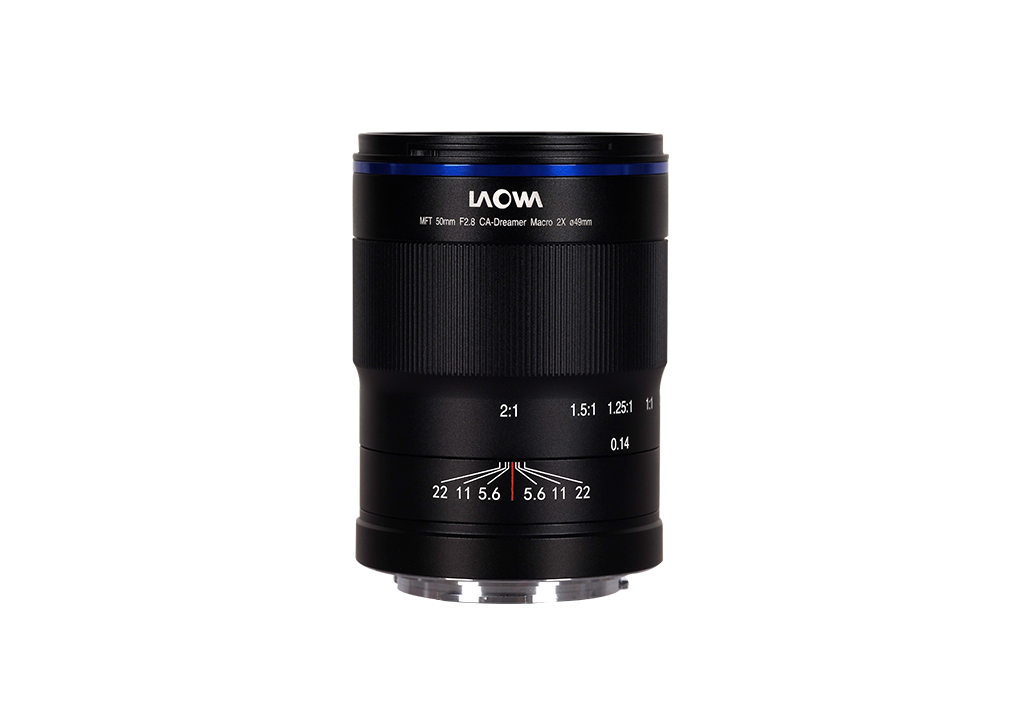
Disclaimer – non-technical review:
As usual, while reviewing lenses, i focus on my personal approach and user experience – which means, that all of my personal opinions & subjective verdicts should be taken with that in mind.
If a lens does not fit my personal style of shooting that does not mean it does not fit yours – it might be the perfect lens for you, while i cannot incorporate it into my workflow – and vice versa.
The lens & build
Given the attractive price (from 399 USD to 500 Euro, depending on where you buy) for a dedicated macro lens, capable of going up to 2x magnification, the build quality of the Laowa 50mm f/2.8 2X Ultra Macro APO is great!
The lens feels solidly built and not like one of those cheap 3rd party plastic lenses.
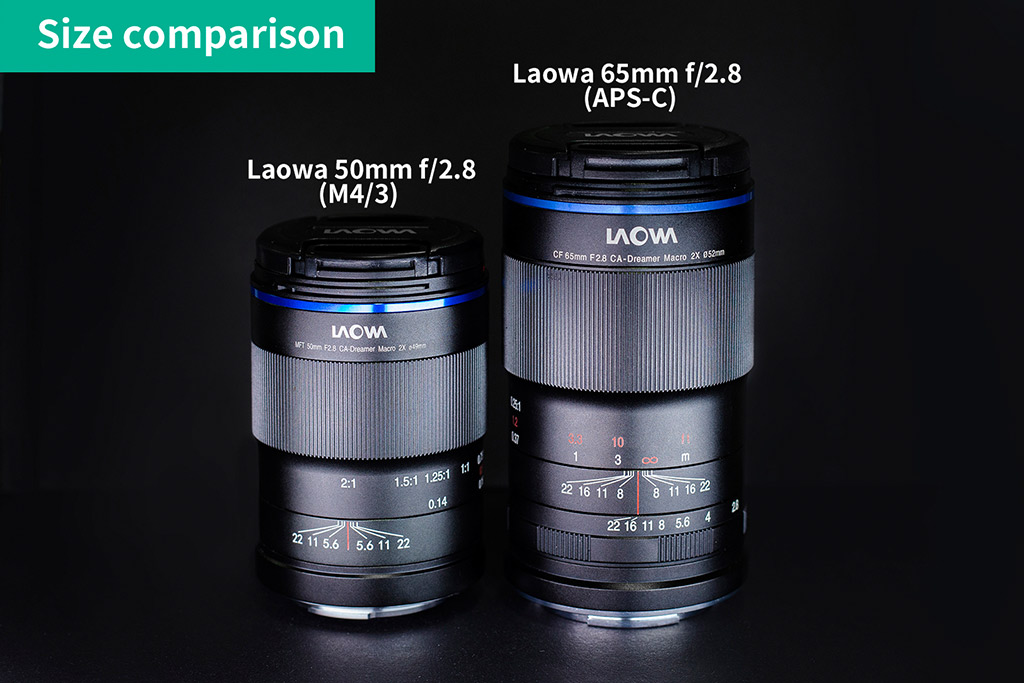

Being a manual focus lens (it has aperture coupling though), the friction of the focus ring is rather important.
While it indeed allows for very accurate settings and smooth turning, i would have liked it to be have bit more drag/friction.
It has a long focus throw though.
The size of only 79mm is compact (similar to the M. Zuiko 60mm) and it focuses internally – just perfect for a small and lightweight micro-four-thirds setup.
It weighs only around 240g.
Update: i just realized that the metal lens hood, that comes with the lens, has an internal thread and can hold filter rings in front of the lens hood!
That is a very unique and smart concept.
The specifications
| Focal Length | 50mm (equivalent to full frame 100mm) |
|---|---|
| Max. Aperture | f/2.8 |
| Lens Mount | Micro-four-thirds MFT |
| Lens Structure | 14 elements in 10 groups |
| Aperture Blades | 7 |
| Min. Focusing Distance | 13.5cm (sensor to subject) |
| Min. Working Distance | 44.5mm (lens to subject) |
| Max. Magnification | 2x |
| Focus Mode | Manual Focus |
| Filter Thread | ø49mm |
| Dimensions | ø53.5mm*79mm |
| Weight | 240g |
Image quality



The image quality of the Laowa 50mm 2:1 is superb.
Regarding sharpness it is up to par with the OM System (Olympus) M.Zuiko 60mm macro.
However comparing similar photos taken with these lenses, to me it feels like the Laowa has a recognizable touch more of a 3D look.
The photos feel more plastic and vivid.
Colors and contrast also seem to be more intense, adding to the before mentioned effect.
After using it for thousands of photos in the field, i did not recognize any chromatic aberrations – thanks to the apochromatic optical (APO) design.
Using the LAOWA 50mm 2:1 Ultra macro in the field
Macro photography, and the specific extreme close-up style that I am shooting in particular, requires to get close to the subjects often.
We are not talking 30 cm or more, but really close, meaning 5cm or less.
This can be a challenge when foliage comes into the way, especially when using a flash diffuser – or when you are trying to photograph a skittish and fast moving species.
Focusing
Focusing on live, moving, tiny insects or spiders makes quick focusing a challenge by nature, and the Laowa 50mm 2:1 does not make these obstacles easier to overcome.
It is the opposite – the Laowa 50mm 2:1 needs you to get really close, especially when using a magnification higher than 1:1.
The working distance of the lens is really short, even for the macro range.
It is not an easy lens to handle, but if you know how to use it, it produces tack sharp, high contrast, high magnification images.
Laowa mentions the minimum focusing distance to be approx. 13,5cm, which effectively results in the front lens being only approx. 4-5cm away from your subject or point of focus at 1:1/2:1.
Aperture
At higher magnifications like 1:1 and especially 2:1 the DOF is extremely shallow, so it is important to find a good compromise of DOF and sharpness (possible diffraction at higher f-stops).
Using f/6.3 gave me great results.
It may require you to take small stacks though, of 2-4 shots.
Challenges
One thing i noticed, however, was that the lens is prone to stray light.
Since, with my setup, the diffuser panel ends right at the front lens element, I have to be careful that the images do not end up looking a bit flat and less contrasty.
If they do, that is a good indicator, that you might have a problem with stray light and need to either adjust the diffuser, or add a little custom-made lens hood.
Example photos
Single shots
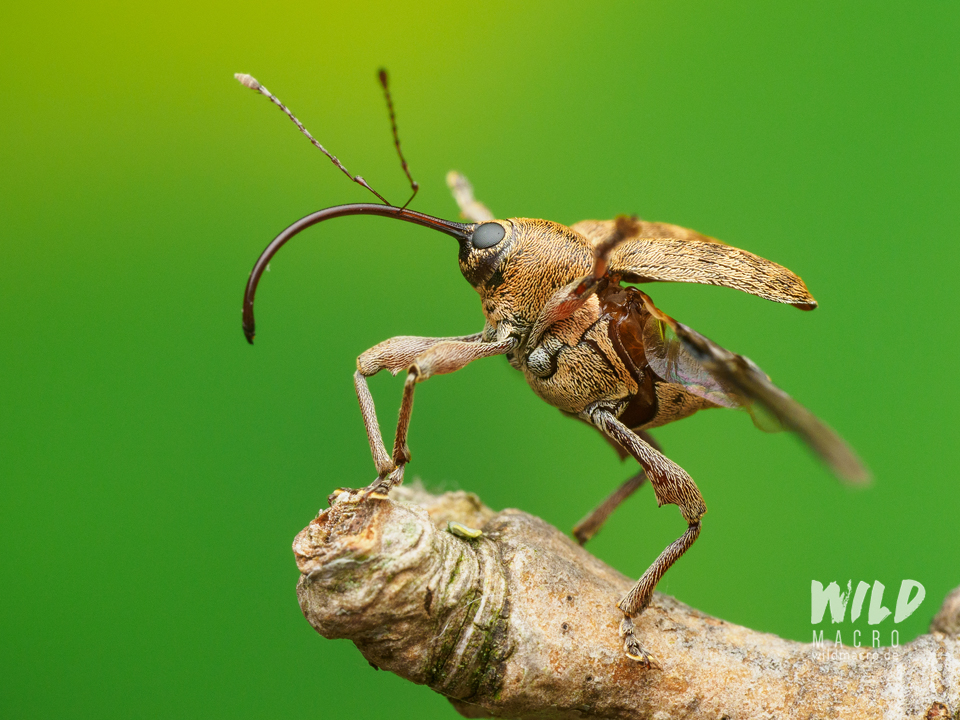



Small stacks
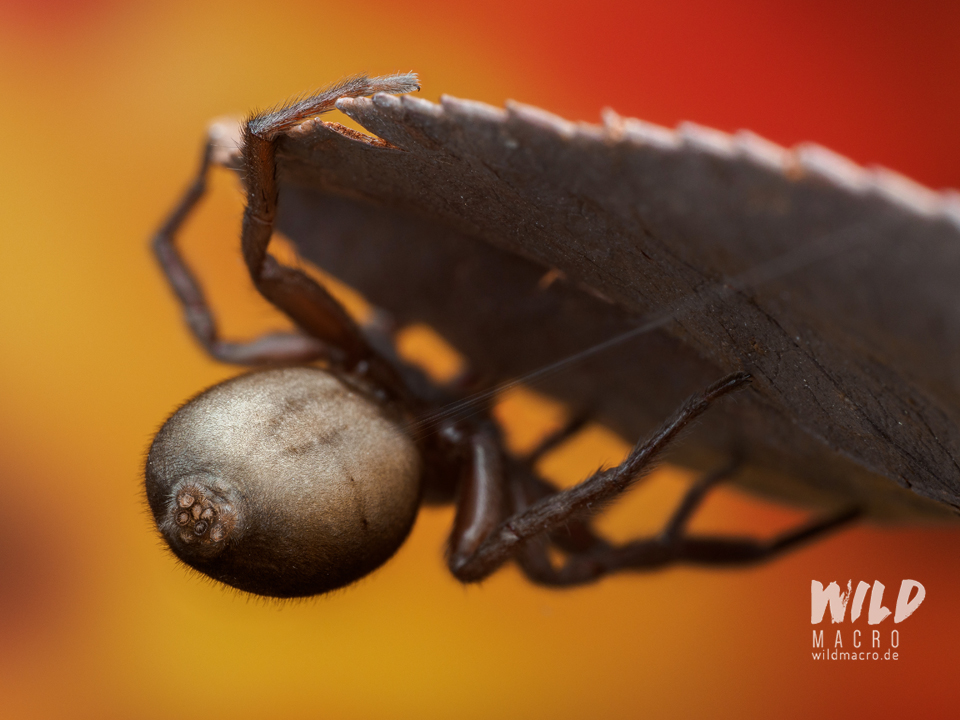




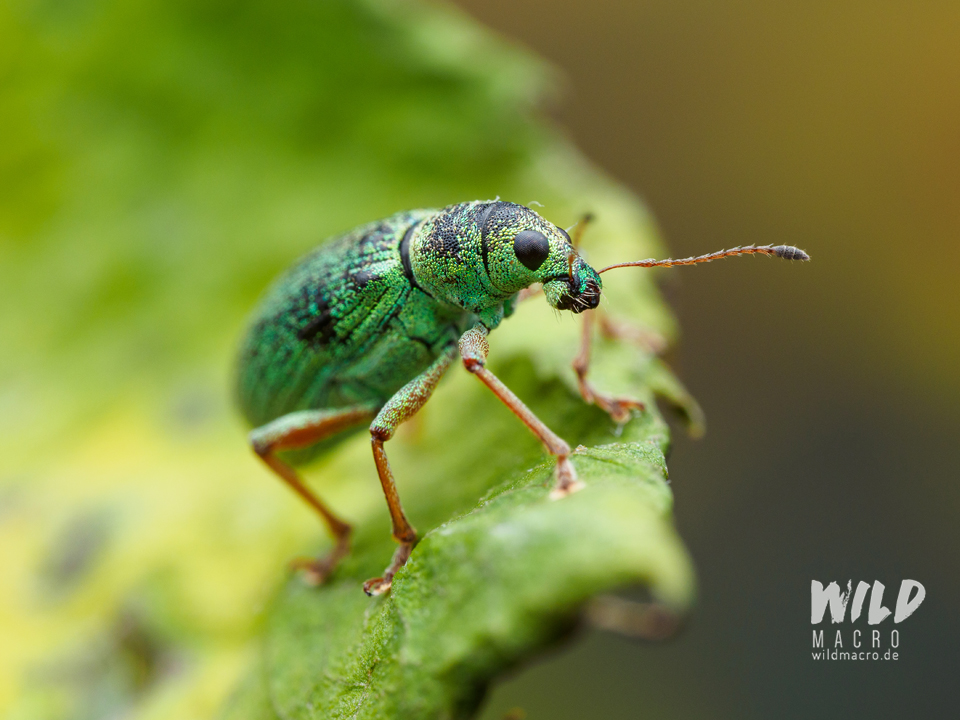
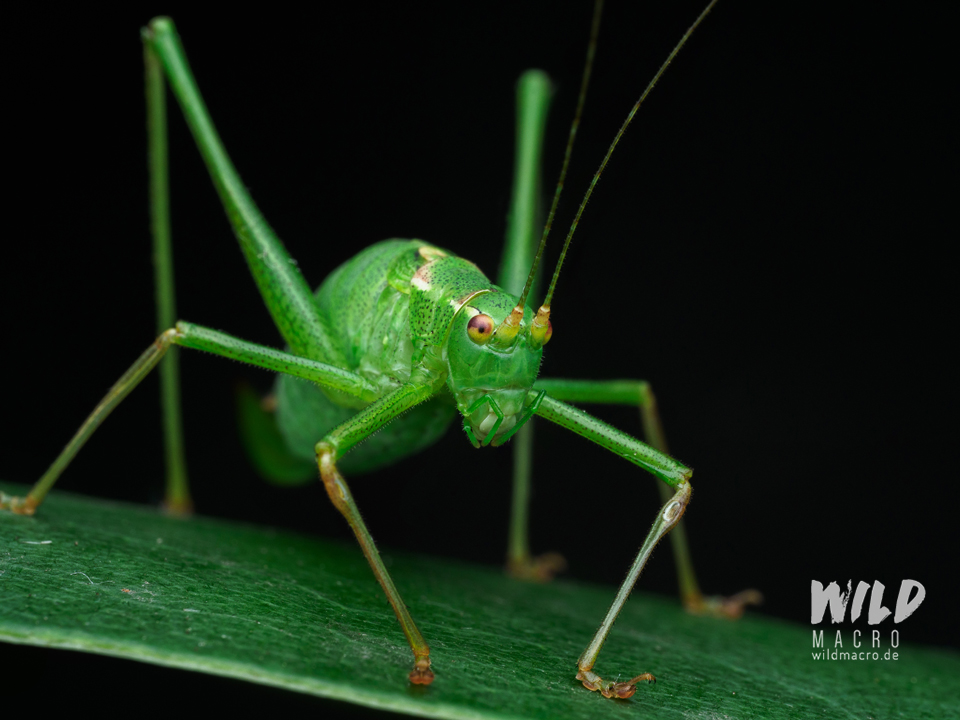




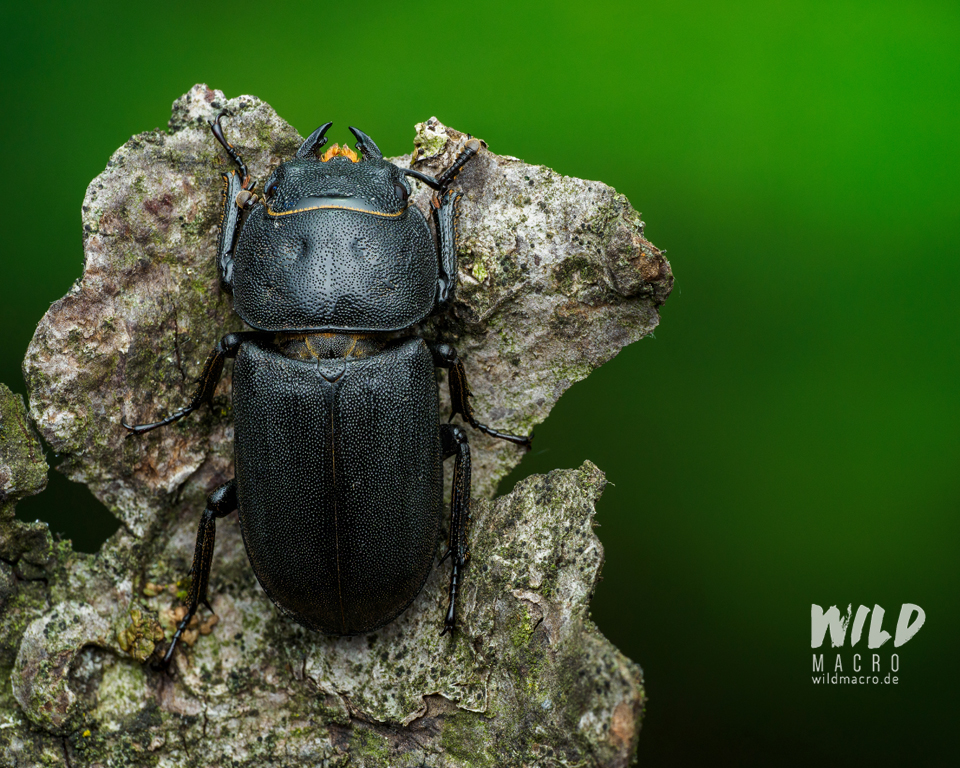
Pros:
- up to 2:1 magnification
- compact and small size
- great color rendering and contrast
- excellent build quality and value for money
- smooth focusing ring and long focus throw
- chipped for aperture coupling and exif data transfer to camera
Cons:
- very short working distance, especially above 1:1 magnification
- thin DOF at high magnification (but that is a classic issue in macro photography and not with this lens in particular)
- prone to stray/front lighting (can lowers image´s contrast)
- no autofocus
Conclusion
So, is the LAOWA 50mm 2:1 macro lens the ultimate macro lens for MFT and OM System in particular?
Yes, currently it is – without a doubt – if you are fine with it being a pure manual focus lens.
It comes down to your personal style of photographing: if you need an automatic focus lens to use your camera´s focus bracketing or stacking modes, then this lens will not let you use these modes.
If you photograph and focus manually most of the time, then the LAOWA 50mm 2:1 will give you unparalleled freedom (in MFT) and flexibility (if you can live with the above mentioned cons).
Being able to seamlessly switch between infinity-focus, 0.25;1 to 1:1 up to even 2:1 means you can photograph an immense spectrum of magnifications, subject sizes and levels of details. It is a one-for-all solutions (in the close macro field).
Update 2022-09: OM System just announced and added a 90mm f3.5 4:1 to its roadmap.
This will be compatible with all OM System camera functions like focus bracketing and stacking.
I will compare both lenses side-by-side as soon as the 90mm gets released.



Enrico Savazzi
Posted at 21:40h, 12 DecemberAbout the announced OM System 90 mm f/3.5 macro: several web sites erroneously report a maximum magnification of 4:1 (4x). The 90 mm actually reaches only 2:1 (2x). Like in other occasions, the OM System tech writers stated that the 90 mm reaches 4x relative to full-frame, then other web sites repeated the 4x but omitted the “relative” part.
What OM System (and Olympus earlier on) says is actually nonsense because magnification is not and can not be format relative. Magnification is defined as image size divided by subject size, so the sensor size does not appear anywhere in the formula and magnification is absolute (mathematically, it is a dimensionless number).
Besides, the lens knows nothing and cares nothing about the camera it is mounted on. At a given focus, it always produces the same image magnification regardless of sensor size and regardless of whether there is a camera at all at the focal plane of the lens.
wildmacro-chris
Posted at 21:45h, 12 DecemberHello Enrico, yes that is correct – the 4:1 is more of a marketing thing and the actual magnification optical-wise is, like you say, 2:1.
However if you look at the photos and compare the size of subjects with other lenses on other formats, it will “feel” like it is 4:1, this is probably what some tried to say with the addition of the word “relative”.
I know you are right with what you are describing here and it is important to keep the different magnification ratios comparable on the same level, which also applies for these numbers of course.